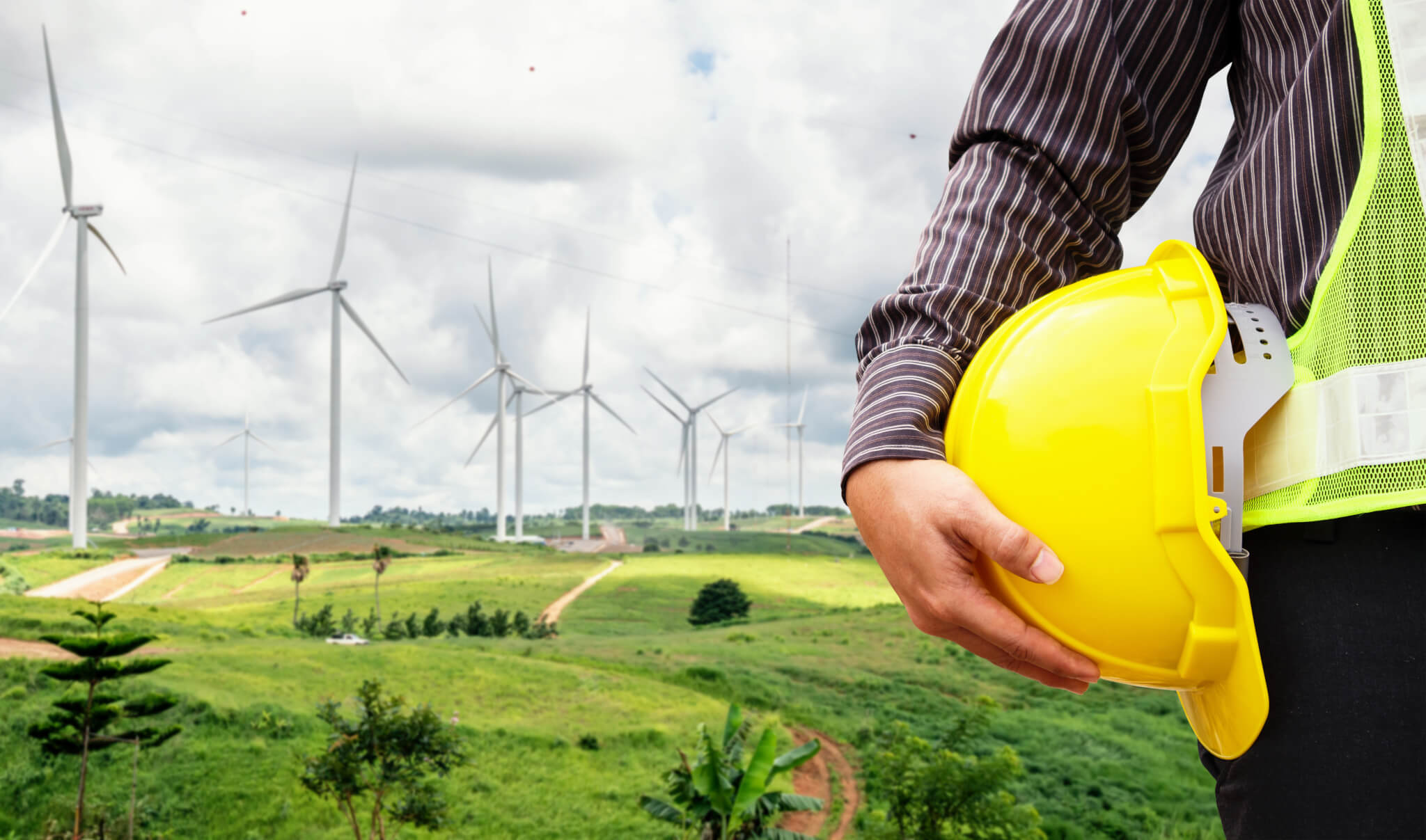Access the E204–2017
To purchase a one-time use license for this document, visit the link below:
E204-2017 Sustainable Projects Exhibit
Interested in getting unlimited access to our full 250+ library of agreements and forms?
Visit the link to learn more: https://shop.aiacontracts.com/unlimited-subscription
May 24, 2023
There are numerous tools and frameworks that help define sustainable practices for a variety of industries. And tools like LEED, and many others, that define a sustainable project. However, General Contractors have historically not had access to a tool or framework they can implement to improve their own operations, and differentiate their company as a sustainability leader.
As a result, the Contractor’s Commitment to Sustainable Building Practices is a welcome tool for the industry.
What is the Contractor’s Commitment?
The Contractor’s Commitment was developed by the Sustainable Construction Leaders (SCL) Peer Network, which is facilitated by BuildingGreen. The SCL is a group of industry leaders who understand the challenges and opportunities of implementing sustainable practices on the jobsite. This means that the Contractor’s Commitment was developed by contractors, for contractors. An initial version was launched in 2021 and an updated version – version 2.0 – was recently released.
Both public and private clients are requiring more sustainable jobsite practices, which is why the Contractor’s Commitment is such an important tool. It provides a standardized framework that creates consistency in the industry, a common language, and shared goals that companies can refer to and benchmark against. It also reflects the points of influence that contractors have; from purchasing and materials decisions, to on-site waste and water management.
The Contractor’s Commitment is organized around five key aspects, with specific strategies that fall within the contractor’s scope of control:
- Carbon
- Jobsite Wellness
- Waste Management
- Water Management
- Materials
It is important to highlight the Commitment’s focus on expanding traditional notions of safety to include health and wellness, with a variety of strategies related to air quality, on-site nutrition, mental health support, and more.
How does the Contractor’s Commitment work?
To support greater adoption, the Contractor’s Commitment provides a high level of flexibility. Each of the five aspects provides a tiered Good-Better-Best framework. This allows companies to engage at a level that suits their needs, while also encouraging them to strive for improvement year over year. Additionally, for jobsite driven metrics, companies do not have to report all projects; they only have to report enough projects to cumulatively account for 30% of their total annual revenue. This allows additional flexibility and a reasonable starting point for most companies.
There are various ways that companies can leverage the Contractor’s Commitment:
- Download the Commitment for free, and implement the practices within their operations, to the best of their abilities.
- Demonstrate their commitment publicly, by becoming a formal signatory. Signatory companies must sign a document demonstrating their commitment and report certain project and performance metrics annually.
More information, including how to become a signatory, is detailed within the Contractor’s Commitment. Contractors are also encouraged to provide feedback, and consider joining the Sustainable Construction Leaders Peer network, to help shape future iterations.
Given the range of aspects the Commitment covers, contractors can also consider using it as a starting point to develop their ESG strategy or respond to client requests for ESG-related information. By leveraging the Contractor’s Commitment as a standardized tool, contractors can avoid the expense of creating a custom sustainability plan, and instead revise the Commitment to meet their specific scope of work, company goals, or client needs.
If your company is looking for a tool to improve sustainability and support health and wellness – at both the corporate level and on the jobsite – check out the Contractor’s Commitment!
Nicole DeNamur is an attorney and sustainability consultant, based in Seattle, WA. Her company, Sustainable Strategies, helps clients identify and manage the risks of sustainable innovation so they can pursue robust sustainability goals. She is also an award-winning contributing author and has developed and taught graduate-level courses at the University of Washington and Boston Architectural College.
Working on a sustainable project? AIA Document E204-2017 Sustainable Projects Exhibit, has been developed for use on a wide variety of sustainable projects, including those in which the Sustainable Objective includes obtaining a Sustainability Certification, such as LEED® (Leadership in Energy and Environmental Design), or those in which the Sustainable Objective is based on incorporation of performance-based sustainable design or construction elements. E204–2017 addresses the risks, responsibilities and opportunities unique to projects involving substantial elements of sustainable design and construction (sustainable projects).
AIA Contract Documents has provided this article for general informational purposes only. The information provided is not legal opinion or legal advice and does not create an attorney-client relationship of any kind. This article is also not intended to provide guidance as to how project parties should interpret their specific contracts or resolve contract disputes, as those decisions will need to be made in consultation with legal counsel, insurance counsel, and other professionals, and based upon a multitude of factors.

